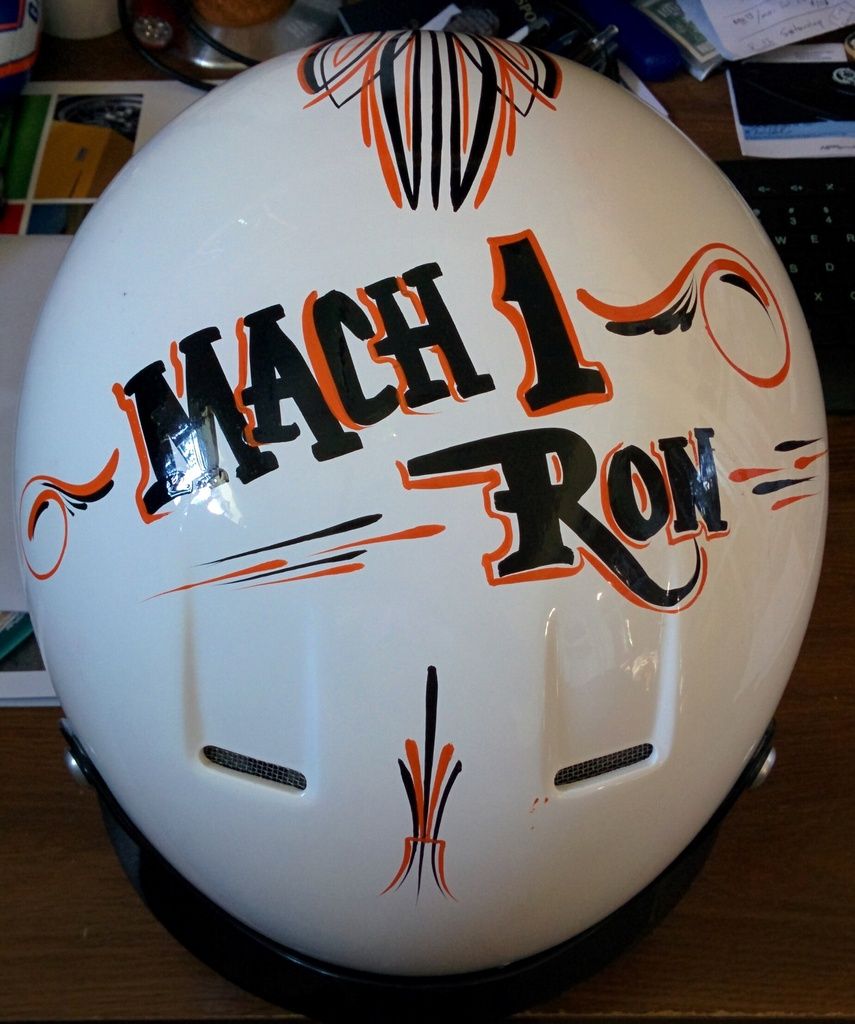 barnett468 wrote:
barnett468 wrote:
.
Twisting the distributor, in actuality permanently moves and creates a baseline resting point for the breaker plate. If the distributor moves, then the cap HAS TO MOVE TOO, they are connected. Right?
Moving the dist housing moves the housing, the cap and pick up or points equal amounts.
Vacuum advance temporarily moves the breaker plate when under load,
No, the vac adv is mainly functional at steady throttle and deceleration. It is disabled when one floors the gas. the main purpose is to increase mileage which in turn reduces the amount of polution per mile the engine procuces...
advancing the spark and at the same time changing the relation between the rotor and the cap poles.
Please see my previous post
But moving the distributor does NOT move the rotor.
correct
The shaft is independent of the distributor and is rotated with the camshaft.
Correct
So while it does advance the spark in relation pistion degrees,
Correct
it also changes the relation of the cap pole and the rotor.
Moving the dist housing does, moving the advance plate does not.
And if what you say phasing is, "the rotor not being lined up with a cap pole",
That is not what I said. please see my previous post to mustang steve.
then timing changes the rotors position,
the mechanical advance unit changes the actual position of the rotor.
which essentially means, timing does change the rotors "phasing".
Please see previous post.
.
OK I think the light bulb is going on now. Let me see if I got this straight.
I am looking at a distributor that is in my lap, from a 1950 ford, V8, vacuum advance only. The stator has an arrow stamped on it that shows that it turns CLOCKWISE. Even if I doubted myself on which direction it turns, I have the diagram for the ignition, and it shows the firing order, with an arrow showing direction in which it turns.
We established the following facts:
that the shaft inside the distributor is independent from the distributor housing,
the stator is part of the shaft,
the rotor sits on top of the stator
it turns Clockwise by the camshaft
physically turning the distributor/cap, also phsyically turns the breaker plate, which affects TIMING but since the rotor doesn't turn with the distributor it also affects PHASING ( rotors location unde the cap pole)
Two things happen here:
Turning the distributor /cap will move the cap pole either closer or away from the rotor. (Phasing)
Turning the distributor / cap will also move the breaker plate with the points / pickup mating point on the stator / Reluctor. (Timing)
Vacuum advance, when applied, temporarily moves the breaker plate Counter Clockwise, using vacuum to advance the spark, but only moves the breaker plate with the points /pickup, and does NOT affect the rotors position under a cap pole. Anything that changes the contact point where the points hit the stator affects timing. Vacuum advance affects TIMING only, and not PHASING.
Initial Base timing, which is set by physically turning the distributor / housing Affects both TIMING and PHASING.
Vacuum advance, usually is not being applied at idle, but is applied under part throttle and deceleration so it should only affect TIMING during those times. BUT, when vacuum advance IS incorrectly being applied at idle ( as would happen with weak or missing springs or incorrect arm length), it will affect the base timing at idle, which may cause a person to inadvertently retard the timing by physically turning the distributor /cap which will change the cap pole and rotors position with each other, which in affect WILL affect PHASING. Which was happening to Bobn?
Do I got it right now???
GEEZ


 barnett468 wrote:
barnett468 wrote:

